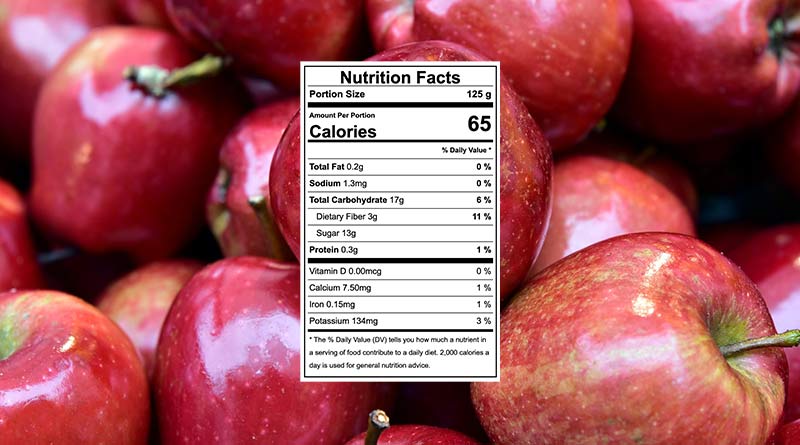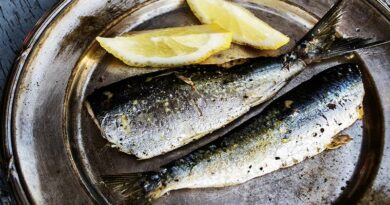Food Compass – Part 2
Summary
The executive summary for the two notes can be seen here.
Introduction
Last week we did the first part of a review of a new nutrient profiling system (NPS) – called Food Compass – which has been designed and developed by Mozaffarian et al. It was published in the journal Nature as a 10-page main paper (not on open view) and a 123-page supplemental file, which is on open view (Ref 1).
We covered the fact that there are numerous NPSs, used worldwide. Mozaffarian et al argued that these have deficiencies (they often assess relatively few nutrients; they use inconsistent criteria across food categories; and they have not incorporated the latest science). The Food Compass has been designed to overcome these deficiencies.
We went through the four steps undertaken to develop the Food Compass and I narrated where decisions had been made and subjectivity applied, which would impact the comparison of different foods. Of particular note:
- The authors decided to evaluate foods per 100 calories and not per 100g, which would give fruit and vegetables better scores.
- The authors decided not to differentiate between naturally occurring nutrients and nutrients added to (poor) foods in the process called fortification. This would give processed foods – especially bread and cereals – better scores.
- The authors decided not to differentiate between the form of nutrients needed and better absorbed by the body and their inferior versions. This would give plant foods better scores than they deserve – especially for nutrients such as iron, vitamin A, and vitamin D.
- The authors introduced subjective ratios against which to measure foods. The best example of this was the use of a ratio of the unsaturated to saturated fat content of a food, assuming that the higher this was, the better.
- The authors also introduced two other subjective ratios – the ratio of potassium to sodium and the ratio of fibre to carbohydrate. The first of these assumptions gave better ratings to fruits and vegetables, as these are high in potassium relative to sodium. It would penalise saltwater seafood, although this would be more nutritious by any other definition. Additionally, potassium and sodium are needed in the body in exquisite balance and eating a variety of real foods (and drinking water) achieves this. Rating one part of this balance as far superior to the other is ill advised. On the fibre to carbohydrate ratio, this is also assuming that the more fibre in a carbohydrate the better. An alternative view would be that the body can’t digest fibre, so why put the indigestible on a pedestal?
The authors’ defence to the three subjective ratios would no doubt be – these are in agreement with national dietary guidelines and indeed they are. The US Dietary Guidelines, and thus many other country guidelines worldwide, say that saturated fat is bad, sodium is bad and fibre is good. However, if I were seeking to come up with an entirely new nutrient profiling system I would genuinely start from scratch, assume nothing, and challenge everything. I would also check my final scores for sense. If a team starts from the assumption that dietary guidelines are right, that team will end up with a scoring system that validates dietary guidelines. As shared in Part 1, if a system is used to rate cars and that system sets out that red cars are better than blue cars and that Audi is better than BMW, then a red Audi will be best and a blue BMW will be worst.
The Food Compass was validated against other NPSs – the supplemental file gave the Food Compass Score alongside the Health Star Rating, the Nutri-Score and the NOVA Category, for 8,032 foods. I would argue that the discovery that "Soybeans, dry, cooked, fat not added in cooking” scored a perfect 100, while a lean beef steak scored 33 out of 100, should send the researchers back to the drawing board.




